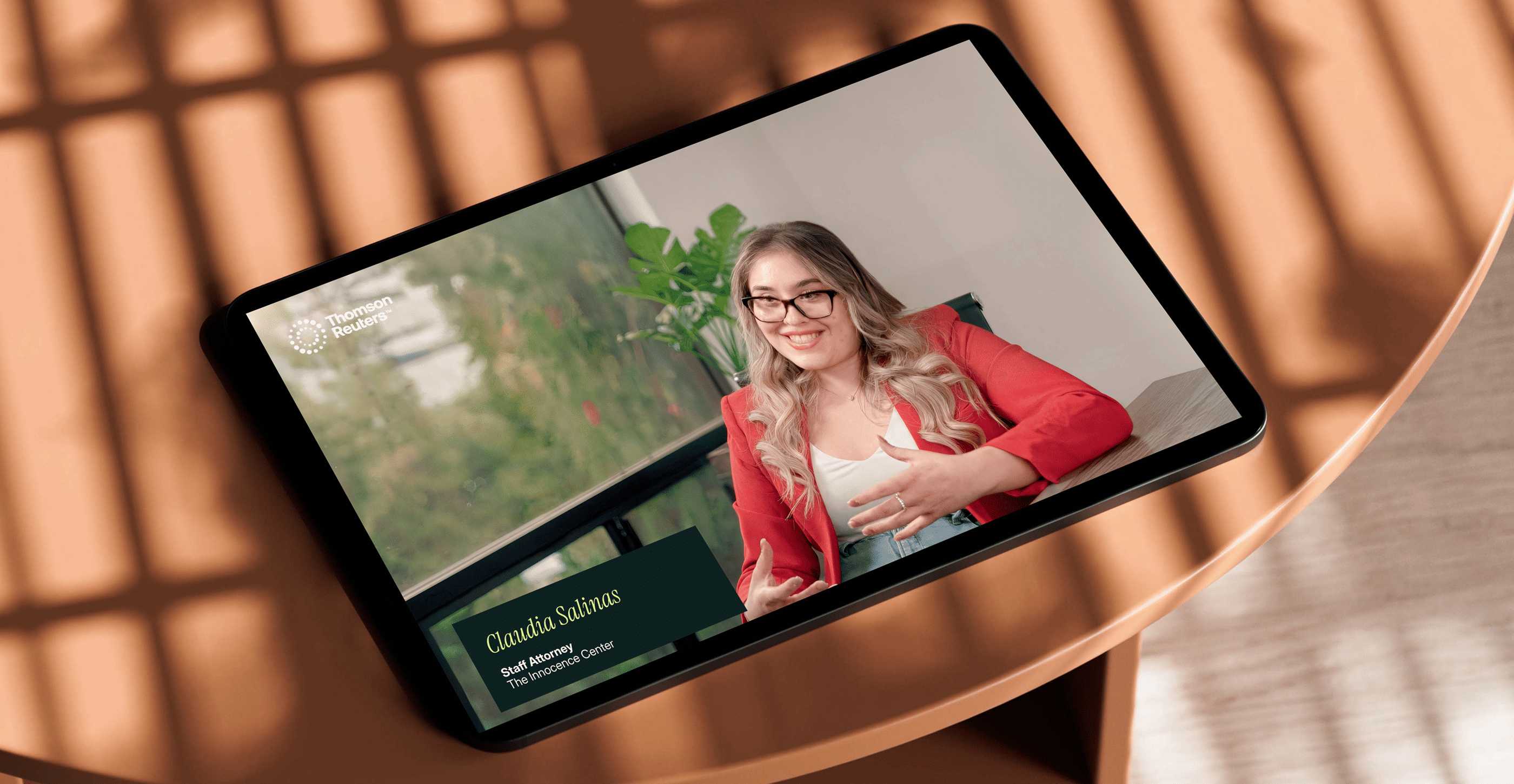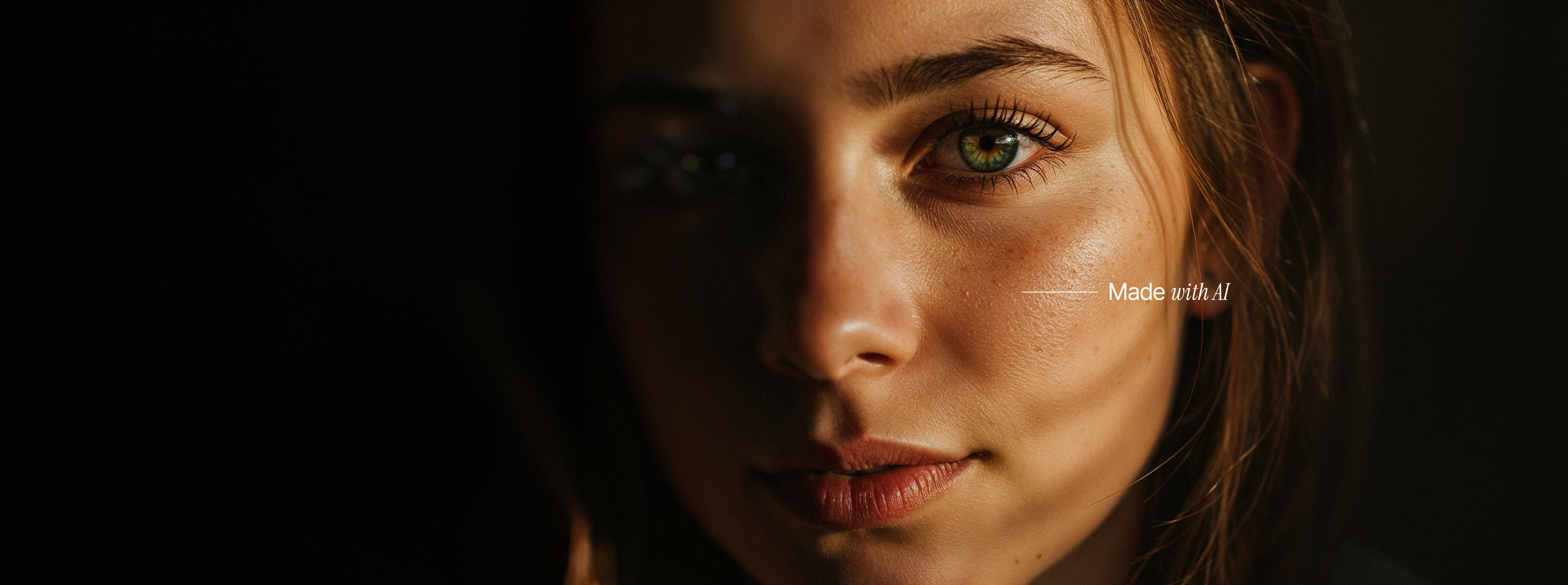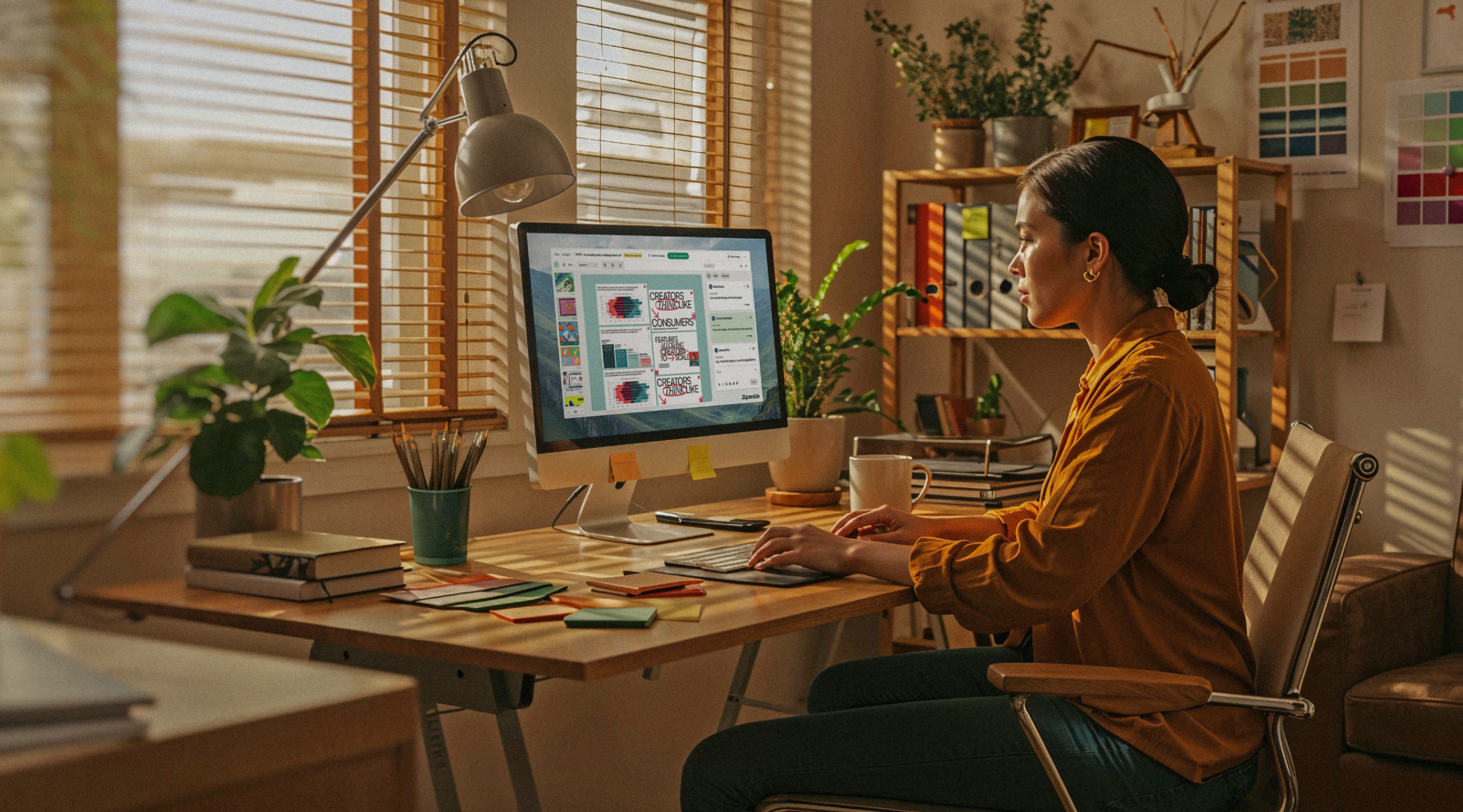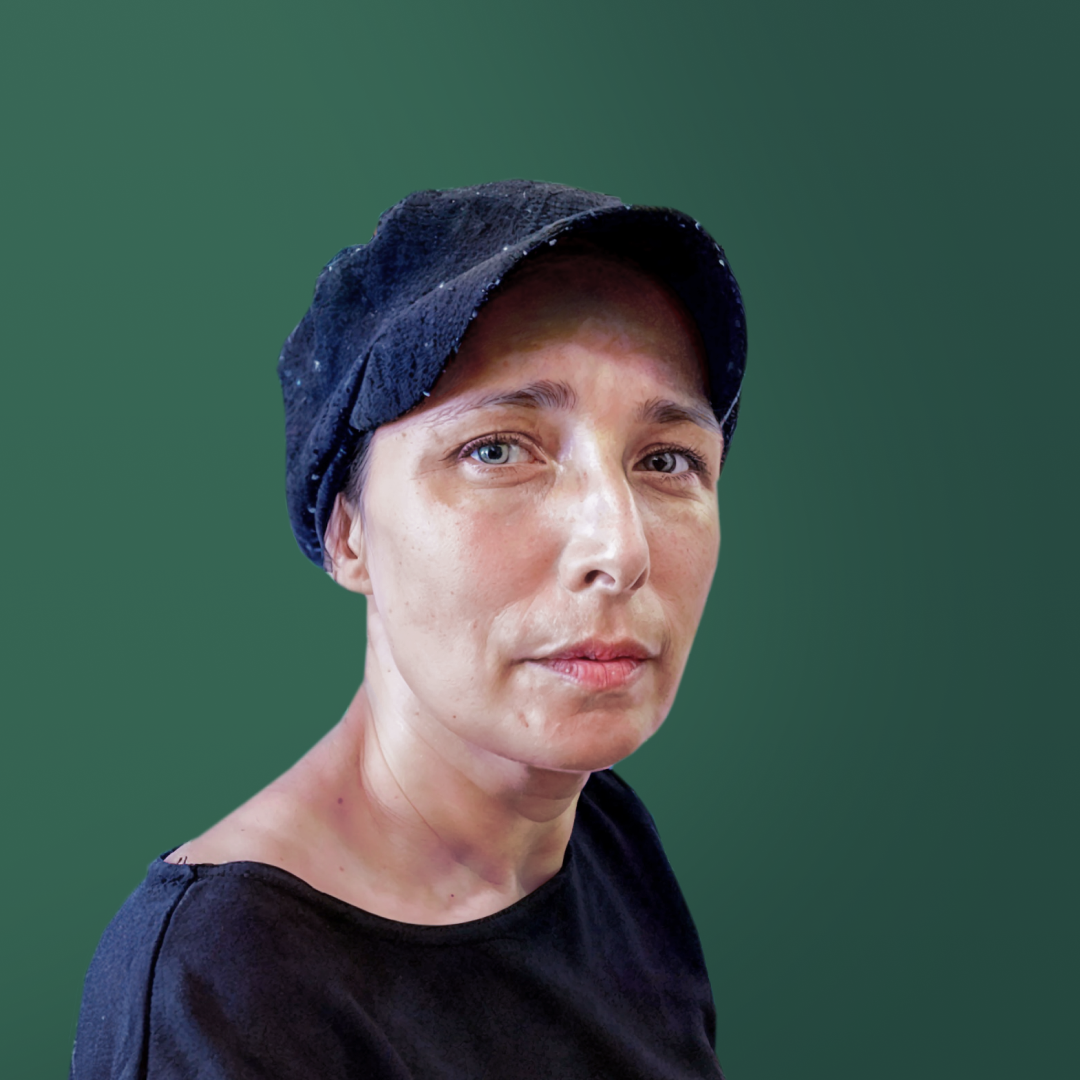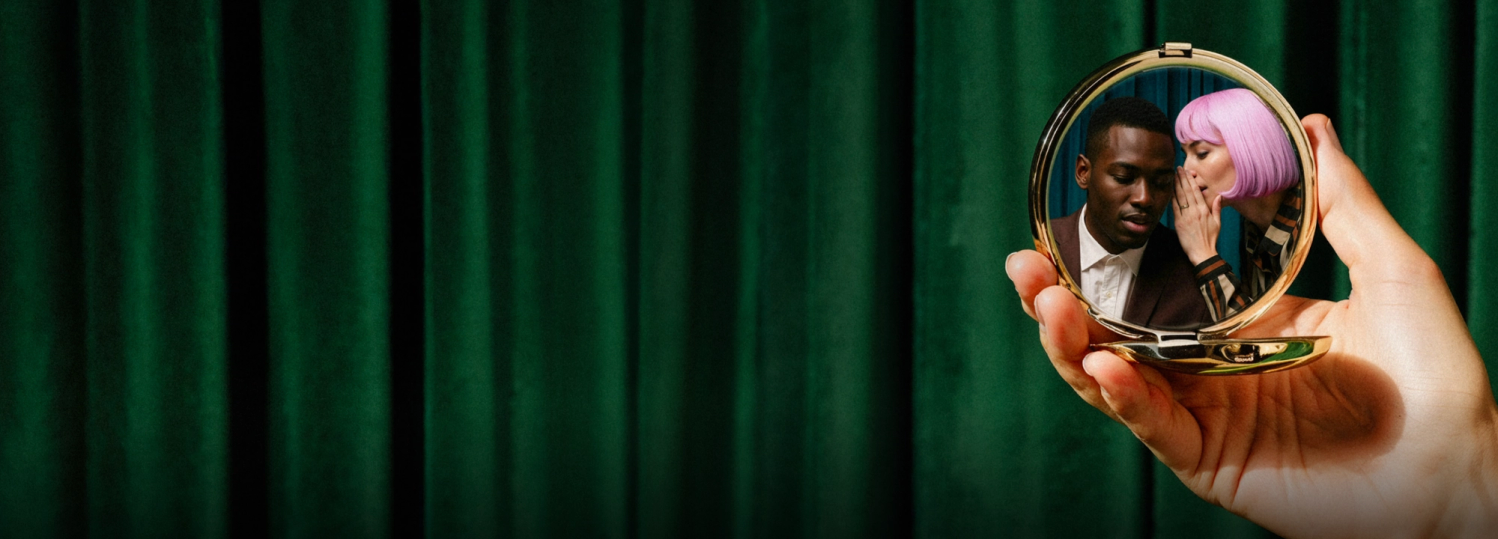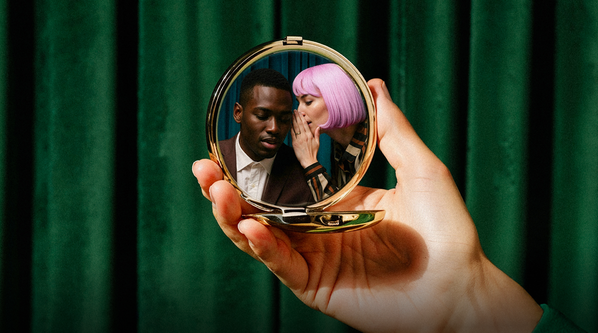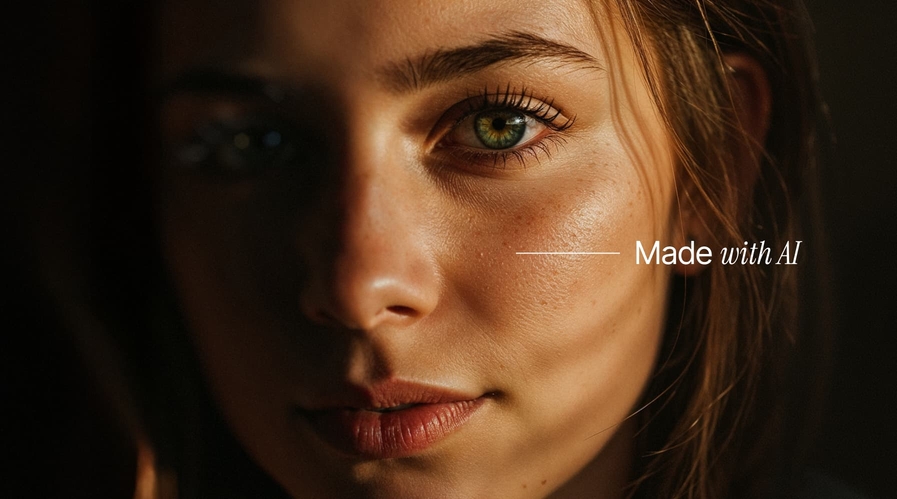Behind the scenes: Making a head-turning video with AI
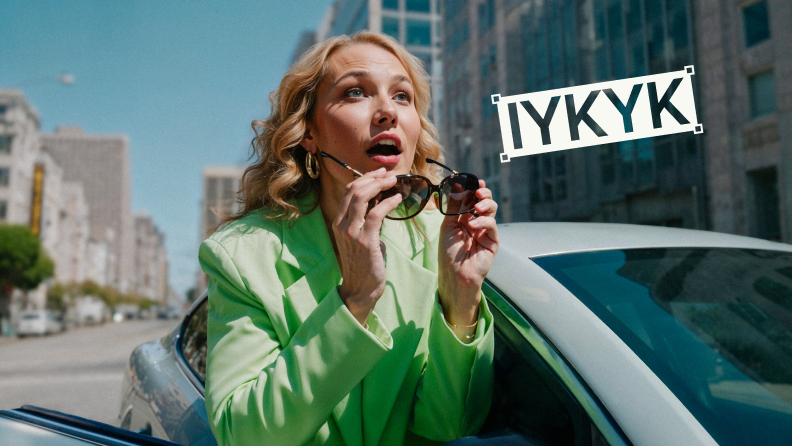
What's the secret to AI and video production? Trial and error. In this behind-the-scenes breakdown, we show you how we used AI (and a lot of human instinct) to bring our campaign video to life—from storyboard to final cut.
You need more video and you need it fast… and cost-effectively… and like yesterday! Can AI really help? What’s it good at—and how can you ensure consistent quality?
Demand for video keeps increasing, with 95% of marketers considering it a strategic imperative. Similarly, 96% of creative leaders realize that AI will help everyone get to market faster.
The biggest barrier to both: Not knowing where to start. When time, money and talent are already spread thin, one of the quickest (and most inexpensive) ways to amp up your AI and video expertise is learning from others.
That’s why Superside’s Director of Brand & Marketing Creative, Piotr Smietana is helping us share the story of how we created our Q2 2025 campaign video—so you can see where AI helped us work more efficiently, what’s coming next and how human creativity will always lead the way.
Backstory: How AI got the gig
We had an idea for our Q2 campaign video. Rather than showing the work, we wanted to focus on what it’s like when people experience the work. The moment it lands. The subtle lean-in. The breath-held pause.
We also had to get our video produced quickly and efficiently—while staying true to our brand. But, like many teams, we didn’t have a luxuriously long timeline or A-list budget.
Opportunity cost vs. AI opportunity
From orchestrating multiple resources to overseeing an epic list of tasks, the complexity of traditional production would have made this video a no-go.
With AI, we can take the chance. Transforming static images, existing footage or just an idea—into video that turns heads. And we can do this 40% to 60% faster and more cost-effectively.
A multifaceted talent
Video production—even for short-form ad content—is a carefully choreographed series of steps. As you’ll see, in some places, AI can step in and start dancing right along. In others, not so much. Ready? Let’s dance!
Where's the video? We're saving that for the grand finale.
Storyboarding: A mix of lo-fi and AI
I wasn’t thinking about polish. I just needed to know: Does the concept hold up? Is there a rhythm to the reactions? Can we feel the emotional arc?

We started with a story to tell and a blank Figma file. Our core creative insight: Consistency is everything. Scenes that look completely disconnected from each other—different styles, characters morphing, bizarre in-between frames—are one of the biggest challenges with AI-generated video.
To figure that out, we turned to a mix of lo-fi and AI. We used AI imaging to generate rough placeholder frames to build an early storyboard. These early frames weren’t pretty—or consistent. But, they gave us enough to build around, ensure cohesion and determine whether or not the story would land.
🎬 Director’s note: The storyboard doesn't have to look good. It just has to feel right.
Scripting: Mostly human, a bit AI
ChatGPT was like having a script assistant who never got tired. But we never let it take over. If the tone wasn’t right, we tossed it.

The first draft was about finding the right flow and emotional weight. Superside humans wrote collaboratively, sharing feedback, cutting lines and tightening scenes so that the pacing matched the modular nature of the short, punchy segments.
To push it further, we used AI for alternate takes on lines. ChatGPT helped us develop more conversational phrasing and even rework transitions.
🎬 Director’s note: Let AI help with scripting, but keep humans in charge of tone, pacing and story.
Asset generation: Creating a consistent visual universe
The placeholders got us moving, but now we had to make it ours. That meant building a visual world that felt consistent. Not just nice-looking, but narratively cohesive.

As we moved from placeholder to real-world (reel-world?), we used Visual Electric to generate a consistent visual universe—characters, environments, props.
Once we had the right look, we went frame-by-frame, post-producing each image—adjusting color palettes, correcting lighting and ensuring everything was true to our brand. Pretty pictures weren't enough—we needed a consistent visual language to support the storytelling.
Planning ahead
We also created start and end frame variants of each key scene, which served as anchor points for the motion design—giving the AI video tools something solid to build from.
🎬 Director’s note: AI can create images, but human creative direction is what turns them into a visual universe.
Motion design: Feeding the machines
We approached this step like old-school animation. Start frame. End frame. Everything else in between? That’s where the AI filled in the blanks.

Armed with our storyboard and post-produced stills, we started generating motion. The start and end frames (AI equivalent of keyframes in traditional animation) were fed into Runway, Google Veo 2 and Kling.
We A/B tested each scene across all three tools, looking for the cleanest transitions, the most intentional styles and the fewest visual artifacts.
The challenge: Current AI video tools tend to break after 5–6 seconds. So we designed each scene to stand alone—modularity that would be very helpful in post-production.
This stage was a mix of experimentation and curation. We ran dozens of generations for some shots—constantly tweaking prompts, durations and inputs
Where AI didn’t cut it, we got scrappy.
Some scenes used stock footage, either as base layers or cutaways. We also started adding traditional 2D animation overlays—text builds, animated transitions and headline reveals. These were created the usual way, in After Effects and Figma—providing further structure and clarity.
🎬 Director’s note: AI motion needs structure. Think like an animator and be ready to iterate.
Sequencing, sound and smooth talking
We had a lot of raw material, but no idea how it actually felt when stitched together. The animatic was our first chance to hear the rhythm. To sit with it and see if it moved.

Assembling an animatic—a rough, moving version of the video using all the draft scenes—was vital for establishing pace, rhythm and emotion.
We auditioned music tracks, adjusted timings and experimented with how long to linger on certain shots. Scenes that felt static were swapped out and voice-over timing was tested.
Initially, we thought we’d use AI-generated voice-over. But one of the biggest lessons of the project was that AI still struggles with emotional intonation. Most text-to-speech models sound robotic or overly polished.
To ensure full control over the tone and delivery, we had members of our marketing and creative teams run the lines.
Then, because we’re not trained voice actors, we ran those recordings through ElevenLabs, applying voice model layers after the fact, giving us the best of both worlds—human authenticity and technological polish.
Who made the cut? Senior Director of Product Marketing, Josh Mendelsohn.
🎬 Director’s note: AI voice tools are flexible, but real emotion starts with a human performance.
Post-production: Adding the final polish
Once the AI footage, animations, overlays, music and voice-over were assembled in the final cut in Adobe Premiere, we embarked on our final rounds of polish.
Visually, we applied color grading to unify the look across the different visual formats. And because AI-powered video can look almost too clean, we add a film grain to infuse imperfection.
We refined the audio, balancing the voice-over, music, and sound effects, and meticulously trouble-shooted the transitions.
🎬 Director’s note: The final layer of polish is where intention shines. It’s what makes the video feel real.
And the crowds went wild... sort of
"You only see the reaction. But that’s all you need.” When he described the concept for the campaign video, Smietana couldn't have been more right.
An immediate top performer, the short-form video ads not only drove conversions, they sparked conversations. Fans and critics both raved about the pros and cons of AI. (Thank you, social media.)
While trained eyes can spot AI-generated content, this blend of reality and creativity is the way of the future, helping teams move faster and take more creative risks. And as our video shows, if your storytelling is on point and your creative eye keen, your results will speak louder than any critic.
No wonder the quality and performance of our customer work made headlines in a Forrester Total Economic Impact™ study, demonstrating how partnering with Superside pays for itself within six months.
🎬 Director's note: For an honest approach to AI and video, click on the banner below. ⬇️
Alex is a freelance writer and newsletter aficionado based in Waterloo, Ontario. When he’s not writing for clients, he’s putting together TL;WR, a weekly culture and events newsletter his mom says is excellent. Alex has worked with some of Canada’s largest tech companies in PR, marketing and communication roles. Connect with him on LinkedIn to chat or get ideas on what to do this weekend in Waterloo.
Ex-copywriter turned content strategist with two decades of creative chaos under her belt. She's helped scale content, brands and frozen pies—yes, really. Now? She empowers creatives to work smarter, not smaller.
You may also like these
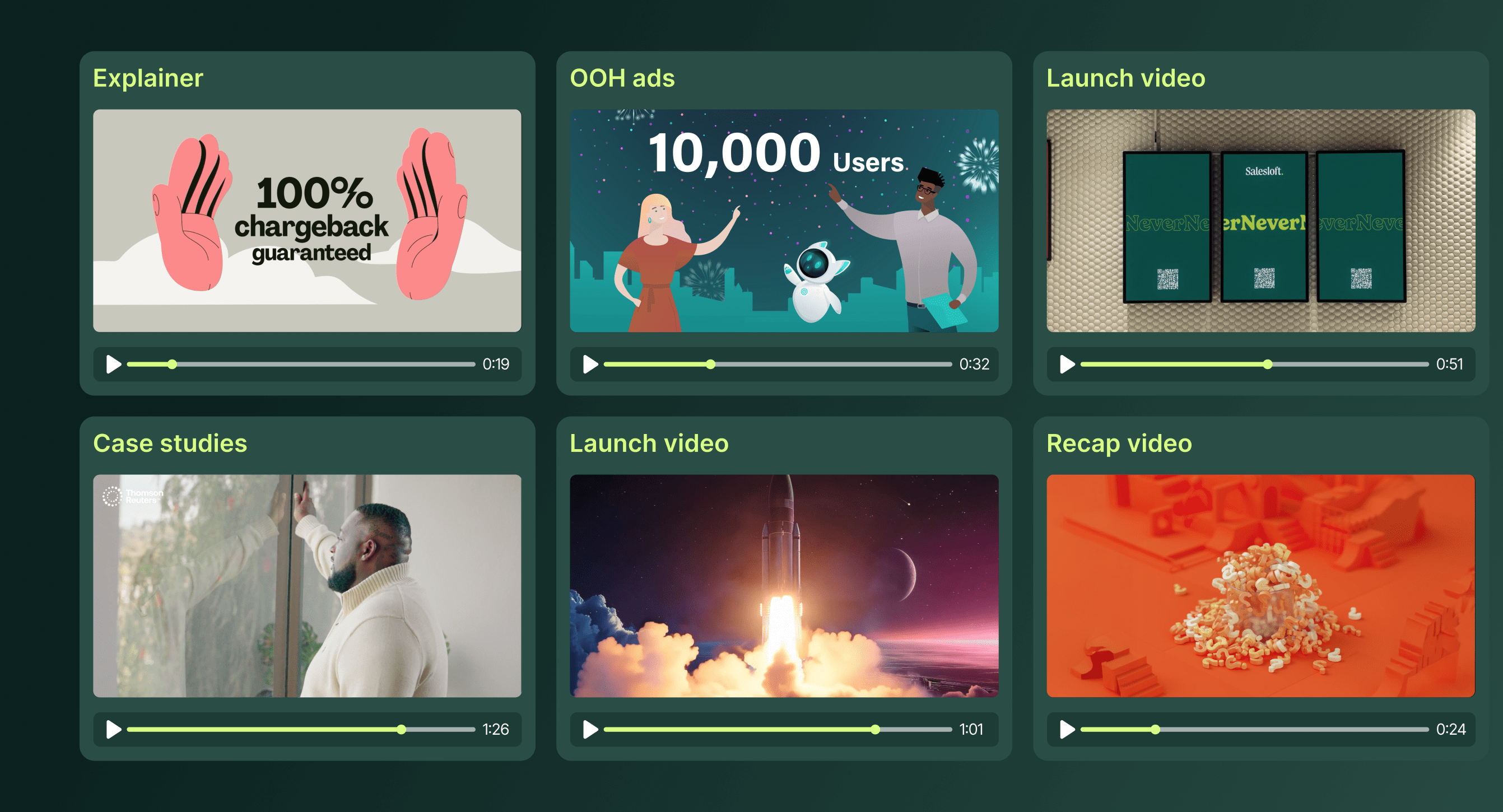
16 best B2B SaaS video examples from 2025
Today’s SaaS customers don’t have time to read 50-page whitepapers or sit through lengthy presentations. They skim, compare and decide on a product in a matter of minutes.With video, you can quickly demonstrate your value and drive more free trials and subscriptions. In fact, 93% of B2B buyers say video builds brand trust, and 91% of consumers feel more confident to purchase a product after they’ve watched a video.In 2026, a successful SaaS video strategy engages prospects at every stage of the marketing funnel and cuts through the noise in a crowded market. Explainer videos can, for example, build initial brand awareness, while product demos can deepen consideration. Shorter demos, feature deep dives and launch videos that also serve as PR tools now reign supreme.Already feeling a tad overwhelmed? We get it. It’s tough to produce a consistent stream of high-quality video, especially if your in-house team is stretched to the max.Let’s first explore the types of SaaS videos that work like a charm and unpack 2025’s best SaaS video marketing examples to inspire your 2026 video strategy.
8 best video post-production services of 2025
Welcome to post-production, the stage in the video production process where raw footage becomes visual content that connects, delights and drives results. Here, editors, colorists, sound designers, animators and advanced technology work in concert to transform ideas into powerful visual stories.Today’s customers expect both authenticity and quality in the videos served in their feeds. User-generated content (UGC) can increase conversions by over 161%. Combine this format with professionally edited content, and you can expect even higher video engagement.But excellent video production can be resource-intensive, and many marketers (37%) admit they don’t quite know where to start. At the enterprise level, it also takes a skilled team (adept at everything from planning, editing and performance analysis to motion design and sound engineering) to create videos that drive ROI. In many instances, teams lack the skills or simply don’t have the capacity.If you’re on the hunt for a flexible video production partner who can help you up your views and shares, you’ve found the right page. In this article, we unpack how to choose a video post-production partner, what these companies should offer you and who the best picks are right now.How to choose a video post-production company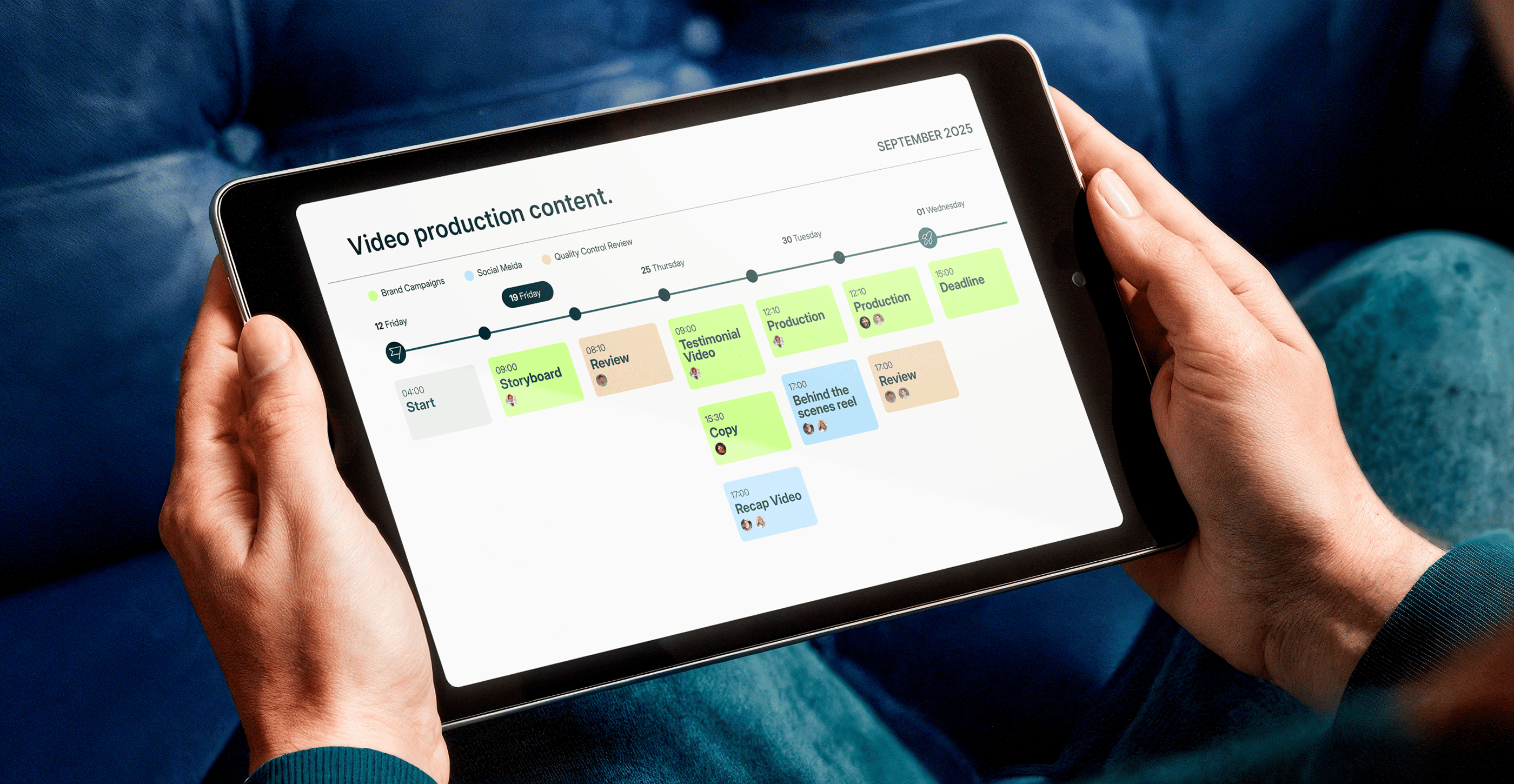
10 video production subscription companies & services in 2025
Today’s enterprise brands face a massive challenge: To build brand awareness and rope in more customers, they must produce dozens of videos in various formats, from short teasers and social reels to multilingual product demos and thought-leadership interviews. And the demand isn’t slowing down. 83% of consumers want even more video from brands than before.Most creative teams are stuck. Senior leaders at organizations of all sizes, from nimble startups to SaaS powerhouses, drown in overflow video work while other strategic tasks are deprioritized. Many creative and marketing leads are also burned out, a challenge our Overcommitted report unpacks.It’s no surprise, then, that video production ranks as the second most outsourced service, after paid social. However, many companies have begun to realize that traditional agencies and freelancers, once the default choices for outsourced creative work, no longer meet their needs. Agencies are slow, costly and cumbersome, while freelancers lack the capacity to scale.If this situation rings true, a video production subscription service could be a lifeline. These providers deliver a ready team of directors, editors, animators and post-production experts at one straightforward monthly rate. Let's check the top 10 and choose the best one for your company below.